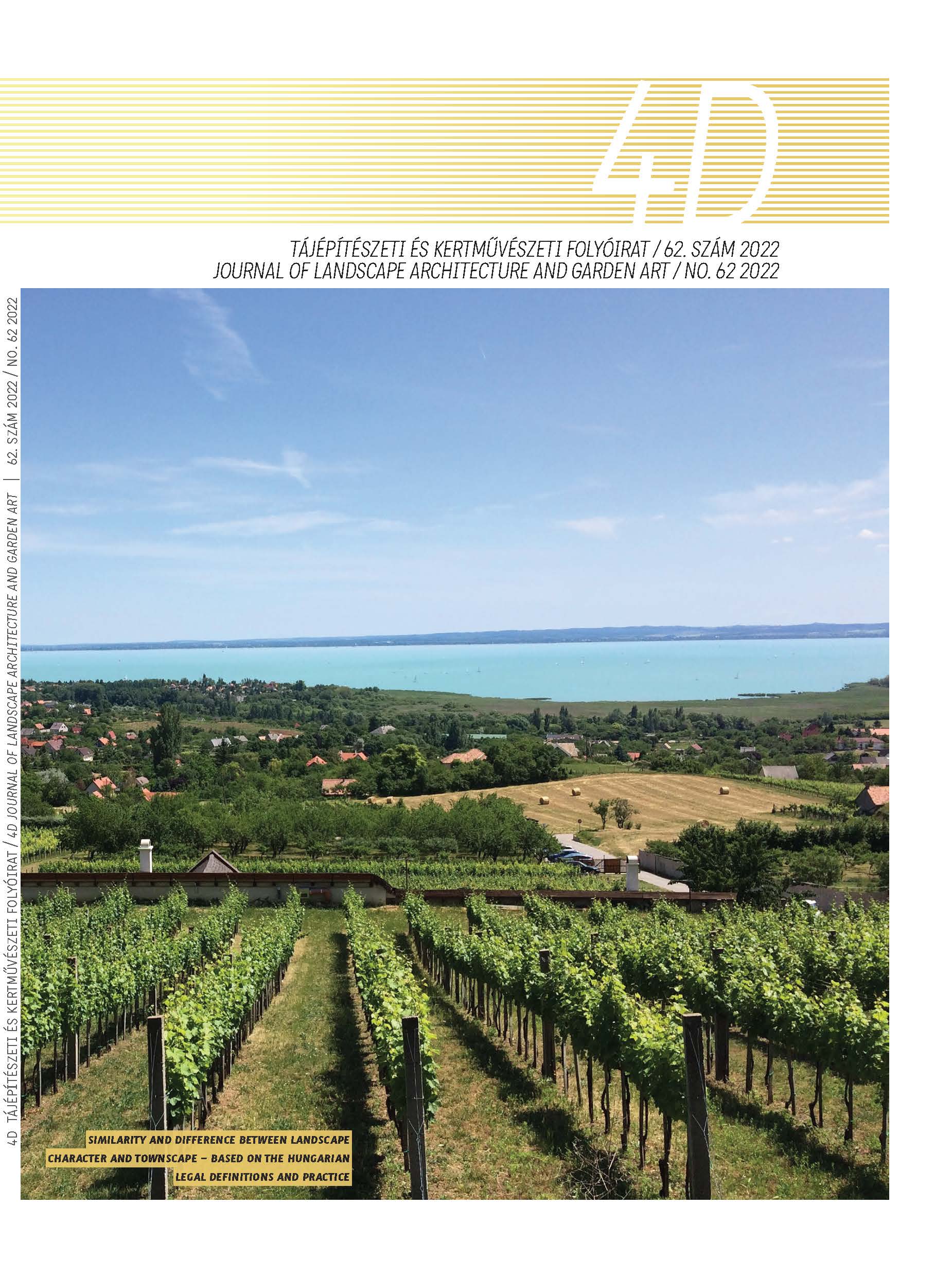The Squares of Budapest
DOI:
https://doi.org/10.36249/62.7Abstract
Edited and in large part written by Anna Szövényi, with contributions from university students, the book 'Budapest Squares' is not only about the squares of Budapest, but also about urban squares in general. Despite the fact that it does not take up a general typology of spaces, it is more than a mere lexical presentation of specific Budapest squares, listing their characteristic data. In reviewing the history of the 54 squares and their place in the city, we must challenge the commonplace view that Budapest is poorly supplied with squares. The lack of large representative planned squares is compensated by the abundance of small squares hidden in the urban fabric. An intimate small space is of great importance for the neighbourhood.
Today, there is a real competition, an invisible fight for public space. Cities are closing their most important spaces to car traffic, cyclists are demanding more and more space, environmentalists are planting trees, people with disabilities are demanding equal opportunities. A typical example of this competition is Gárdonyi Square, which has been built along Bartók Béla Boulevard essentially in the last decade. Until 2010, this practically anonymous space, considered a mere extension of Bartók Béla Boulevard, has been transformed into a real urban square, albeit a small one, by calming traffic, increasing pedestrian and green space and adding cultural and catering facilities at the edge of the square.
There is hope that this competition will restore the former importance of the city squares. Understanding by exploring is an integral part of the competition. The book is rich in illustrations and data to help you do this. It is important to raise awareness of the value of urban public space so that it can take up the fight against the space-grabbing ambitions related to large-scale 'city within the city' development, such as shopping and leisure centres. Urban public spaces are outdoor places in contact with nature, but also well enclosed uncovered semi-interior spaces of human scale, which are easy to love. Their use implies the freedom of liveability unmanipulated.
Urban space is a welcome extra to the urban fabric. A complex or simple network of paths would be sufficient to access and serve individual buildings and plots of land. Beyond the necessity, the human settlement, and the city in particular, has been created out of the need to be close to each other. The city is therefore a place of interaction. It is where man meets man, man meets products, goods, and talk or, as we say nowadays, information is exchanged.
The primitive forms of squares were usually developed at the intersection of roads, routes or at their junctions. Yet the need to give these spaces an independent form is very early. The book Budapest Squares also illustrates this process of becoming a square by presenting the location, history and structural characteristics of each square in the urban fabric. Its most exciting findings are to be found in the sections on the various components of the formation of squares. The squares are described on the basis of uniform criteria, and this encyclopedic structure will encourage future researchers on the subject, as well as the general public, to give the subject further thought. More important than their line of descent and the place occupied in the urban structure, however, is the fact that the squares are not merely, or even primarily, an urban unit serving a function, but a place for leisure, for purposeful and chance interactions. In this respect, the book does not only provide an opportunity, but also encourages us to go out and experience Budapest squares with our own senses.
Downloads
Published
Issue
Section
License
Copyright (c) 2022 Schneller István

This work is licensed under a Creative Commons Attribution-NonCommercial-NoDerivatives 4.0 International License.
A folyóirat Open Access (Gold). Cikkeire a Creative Commons 4.0 standard licenc alábbi típusa vonatkozik: CC-BY-NC-ND-4.0. Ennek értelmében a mű szabadon másolható, terjeszthető, bemutatható és előadható, azonban nem használható fel kereskedelmi célokra (NC), továbbá nem módosítható és nem készíthető belőle átdolgozás, származékos mű (ND). A licenc alapján a szerző vagy a jogosult által meghatározott módon fel kell tüntetni a szerző nevét és a szerzői mű címét (BY).



